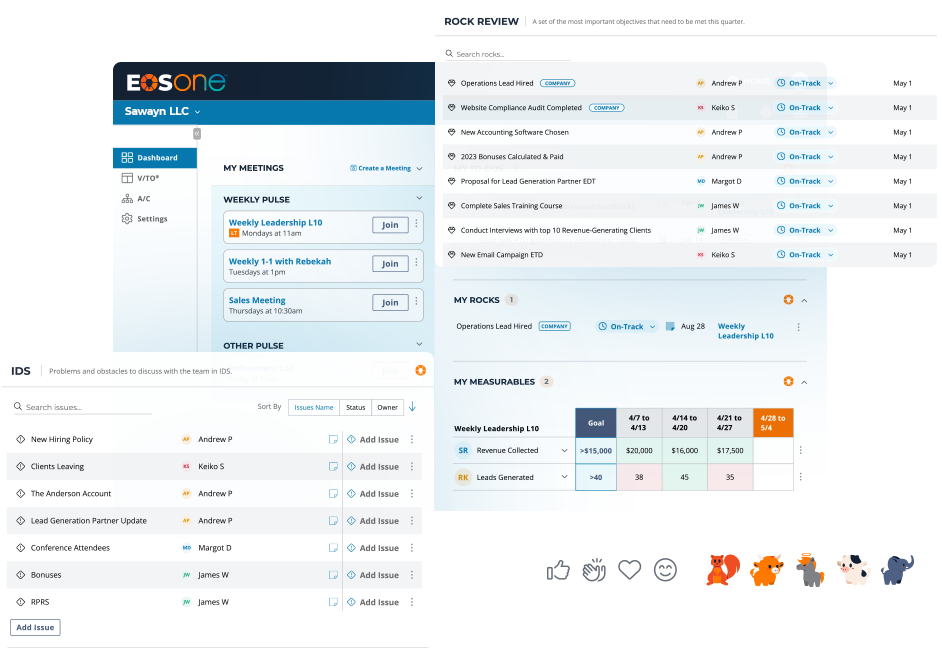An Interesting Response
When I was first thinking about getting chickens, I would ask other chicken owners how many chickens they had. Strangely, the answer was almost always a pause and then, “I’m not sure. Let me think about that.” I found that response baffling. How do you not know how many chickens you have?
I followed that question with, “How many eggs do you get a day?” And again, the answer was less than concrete. They’d say, “It depends.”
I remember thinking that both of these responses were confusing.
Since these questions weren’t getting me the answers I wanted, I eventually realized that the correct question is, “How many eggs a day do I want?” And from there, I could determine how many chickens I would need to reach that target, then choose the coop size that matched the number of chickens I needed.
So, I figured four to six eggs per day would be adequate. But, as I have since learned, the number of eggs you get each day depends on many factors, including the amount of sunlight per day, the age of the chickens and whether they are broody. In short, the math rarely works out as simply as four hens equal four eggs.
Even so, my hens (whether they know it or not) have a number they must reach to make sure they are “carrying their weight,” so to speak. In the summer, a hen should be producing an egg every 25 hours, unless of course she decides to go broody (because once she is sitting on a clutch of eggs, she will stop laying and won’t start again until her peeps are ready to be left on their own).
I use the number of eggs I collect each day as an indicator of the health of my flock. If egg production goes down, that tells me I need to do some investigation into the reason. Is one of the hens sick? Are they getting enough food and water? Did a hen meet one of my overly friendly dogs?
Having a performance indicator like this is important. When you look at your “flock” of employees, how do you evaluate how they are performing? Do all of your employees know what is expected of them every day? Do they know whether they won the day or the week? Or do you let them go home and wonder how they are performing?
I firmly believe that no employee comes to work and wants to do a bad job. But if we have no idea what a good job looks like, how can we ensure they are doing what is expected?
In Patrick Lencioni’s book The Truth About Employee Engagement, originally titled The Three Signs of a Miserable Job, he says the three factors that make a job miserable are anonymity, irrelevance and what he calls immeasurement, or the employee’s inability to measure his or her own job performance.
If you want your employees to be fulfilled in their work, they first need someone in authority to know, understand and appreciate what they bring to the organization. They also need to know that their job matters. This seems so basic, but if it isn’t articulated to employees over time, they will not thrive in your organization. And finally, employees need to be able to gauge their own performance and contribution to the work of the company.
In the world of EOS, we teach our clients how to keep their employees engaged by addressing each of these factors. One way we do that is to encourage quarterly conversations with each employee about where they are excelling and where they could use some improvement. These conversations should be relaxed, undocumented and two-way. This practice shows the employee that you value them and the impact they are having on the organization.
The other way EOS companies keep their employees engaged is by ensuring that every employee has at least one “measurable,” something quantifiable that the employee is responsible for keeping on track every week. This measurable is activity-based and should be meaningful to both the employee and the company. For individuals in a sales position, finding something to measure is pretty easy. How many sales calls did you make? How many demos did you complete?
But as you dig further into the organization, finding appropriate measurables may require more thought. I recommend starting with what someone in each role is accountable for, then identifying measurables that are linked to the outcomes for that role.
Imagine how an employee feels going home at the end of the week knowing she had a great week. She hit her numbers and as a result is helping the company hit its numbers.
Companies are successful not because of the owner or leadership team; companies are successful because all the employees are rowing in the same direction, and together they are gaining traction toward achieving a shared vision.
In the past few years, much has been written about the shortage of workers and the difficulty in finding and retaining good employees. If your company intentionally addresses the three signs of a miserable job, what kind of an impact would it have on your workforce? Your employees would come to work knowing they are valued, that their work matters and that they are succeeding. This could easily translate into higher retention and a happier workforce, which could in turn improve productivity. And a company that has happy employees will have an easier time attracting more of the right type of employee.
It is that easy – but it requires a commitment.
If you are committed to getting each member of your flock engaged and working toward achieving your vision, but you need some help getting started, send me an email. Your flock will reward you for it!


